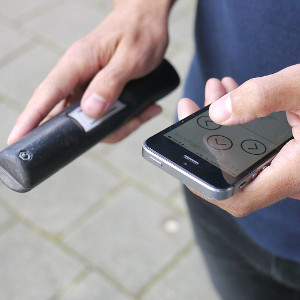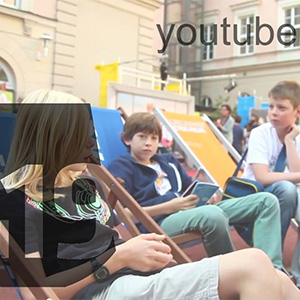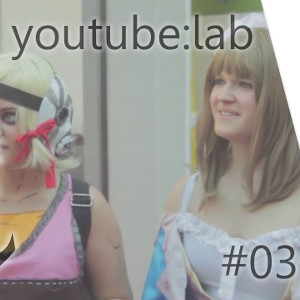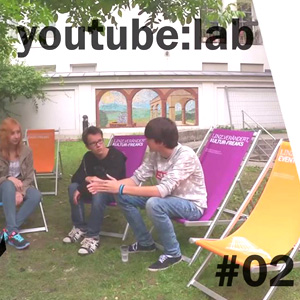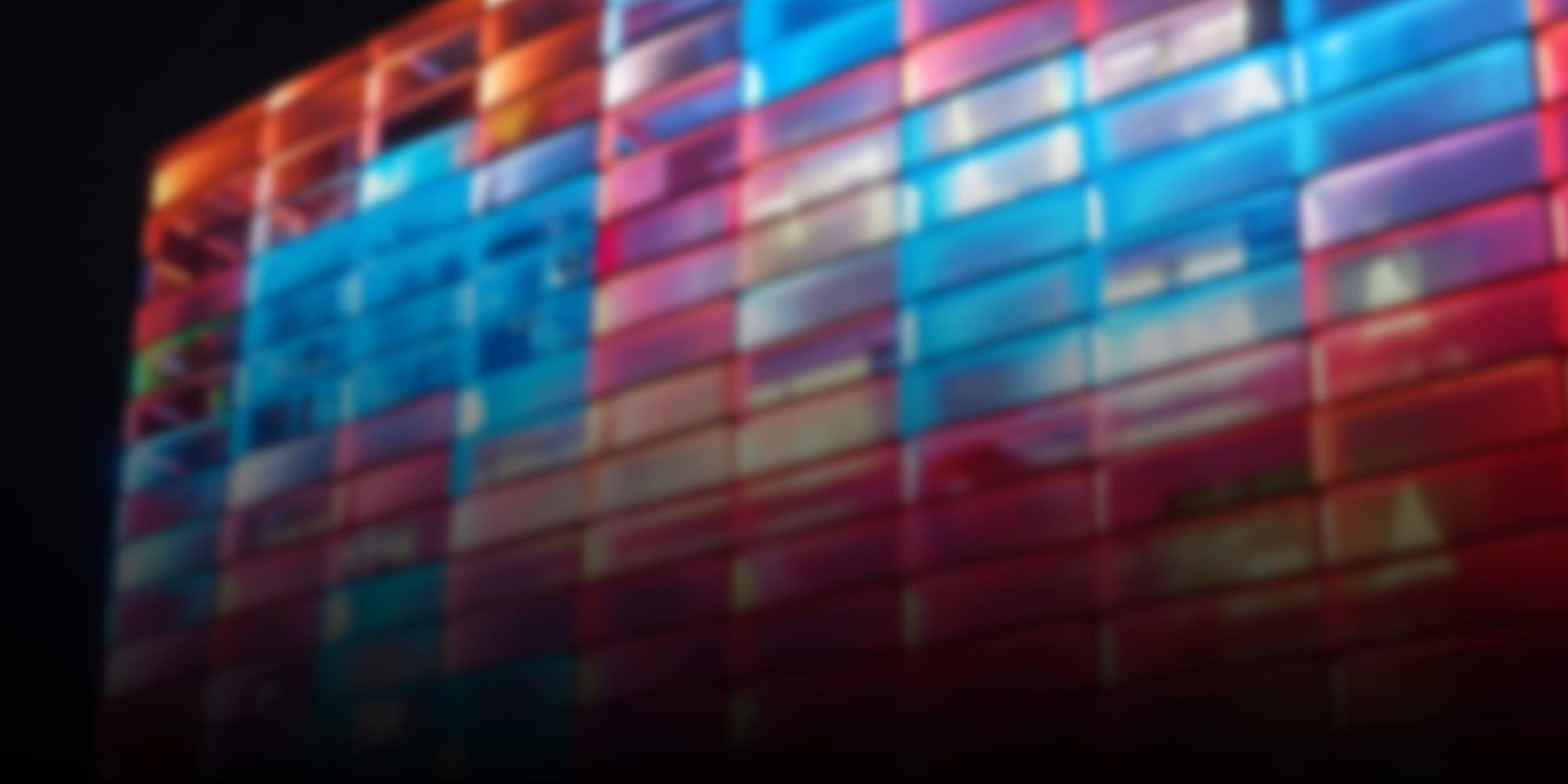
Story
-
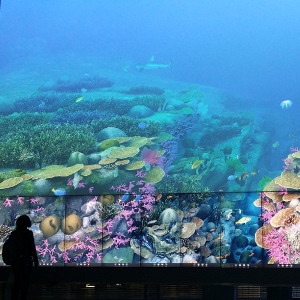
TRANSMIT³ One: art as a collective kind of laboratory
Zachary Lieberman is an artist, researcher and hacker dedicated to exploring new modes of expression and play. At the moment he works for his TRANSMIT³ residency project at Queensland University of Technology.
-
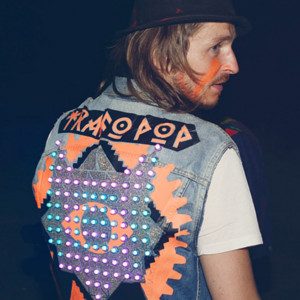
Wearable Electronics: Body-Borne Technology
“We now have the chance to custom-tailor the technology to ourselves instead of the other way around.” Thomas Gnahm, organizer of the Wear it Festival and himself the wearer of an LED jacket, talks about concepts for wearables that will soon be snuggling up to users’ bodies worldwide.
-
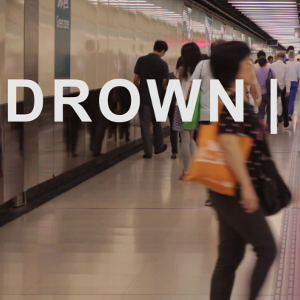
Drown
Already at the 2014 Ars Electronica Festival Chloe Cheuk and Kenny Wong delighted us with their interactive installation Iris. Now under an Artist in Residence program they have born a new idea for another joint project.
-
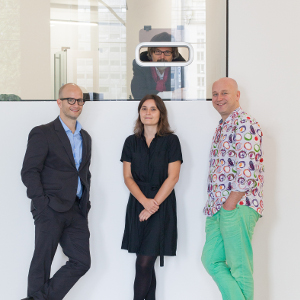
Angewandte Innovation Laboratory
The University of Applied Arts Vienna, partner of Ars Electronica, has launched an Angewandte Innovation Laboratory – an open platform for unconventional exchange among experts in the fields of art, design, science, business and technology.
-
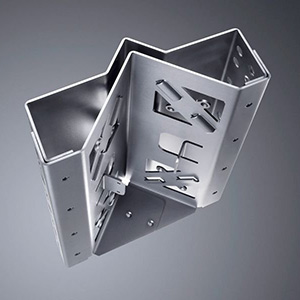
We Shape the World
Sheet metal is a material that plays a pretty pervasive role in everyday life but does so in rather low-key fashion—as housing for electronic devices, for instance, or in the elevators we ride and the cars we drive. In this interview, Harald Böck, product manager at TRUMPF Maschinen Austria, talks about the many uses of…
-
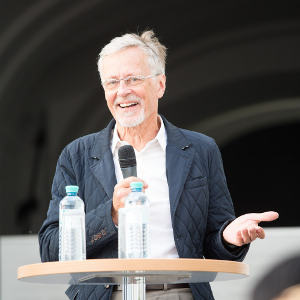
Narratives for Change
Derrick de Kerckhove spoke at the Festival Ars Electronica 2014 about change begins in people’s heads and we need narratives to get this going on. Narratives that update or replace old clichés and outworn patterns of thinking.
-
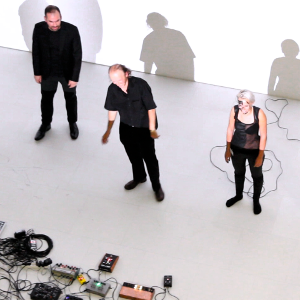
Quadrature
An extraordinary and daring live performance using new technologies by White Sample, raum.null, VeroVisual and voidsignal with technical devices by Michael Platz.
-
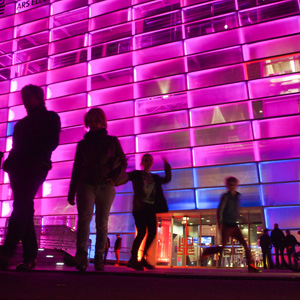
Night at the Museum
Gigapixel images of Paris, the world’s largest jigsaw puzzle and tours of the Museum of the Future by night—here’s a short look back at the Long Night of the Museums in the AEC.
-
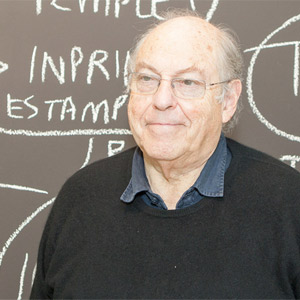
Roy Ascott: “We Should Lead From The Heart”
The British artist, theoretician and visionary thinker’s oeuvre has been a formative influence on the work of many media artists worldwide. In this interview with the recent Golden Nica honoree who’s about to turn 80, Roy Ascott talks about how he connected with Ars Electronica and the dangers threatening those who create interactive art today.
-
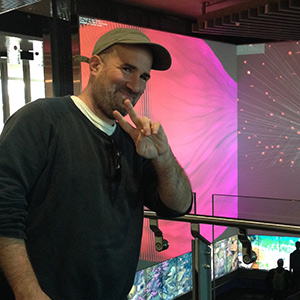
TRANSMIT³ One: The Cube as Window on the University
Scaling and relative dimensions are what Zachary Lieberman is into now. As the first TRANSMIT³ Resident, he’s doing scientific research together with students and presenting the results on The Cube, a jumbo display in Brisbane, Australia.
-
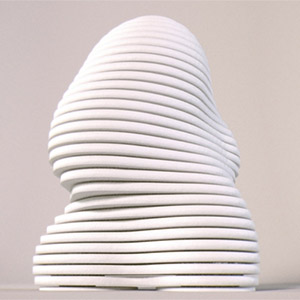
Architecture in Motion
A real celebration of form and geometry—the terms that the 2014 Prix Ars Electronica jury used to describe the animated film entitled “Walking City” couldn’t have been more apt. An interview with Matt Pyke, creative director of Universal Everything, the studio that took home a Golden Nica for their efforts.
-
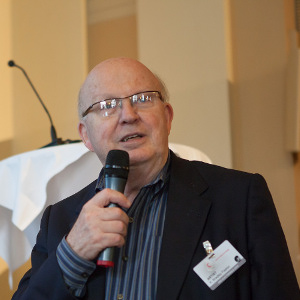
Innovation never stops
“Innovation continuous to evolve and all new innovations automatically build on that what was before and so it is constantly growing and changing”, says K. Bradley Paxton, former director of the Electronic Imaging Research Laboratories at Eastman Kodak.
-
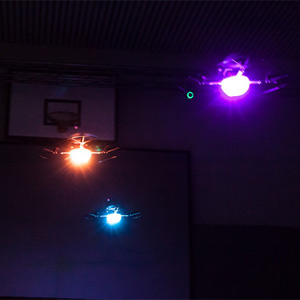
Smart Atoms
Flying Smart Atoms that are able to respond to touches by humans? The Ars Electronica Futurelab presented a significant development of the Spaxels during the 2014 Festival Ars Electronica.
-
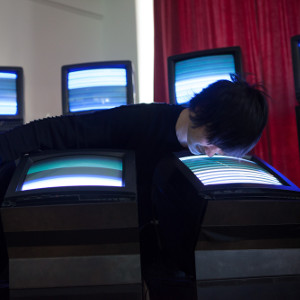
Day 5: A Festival Takes Its Leave
On Music Monday, the 2014 Ars Electronica Festival ended on a pleasant note. The five-day total for all events was about 85,000 visits. Here’s a look back at one final, glorious day!
-
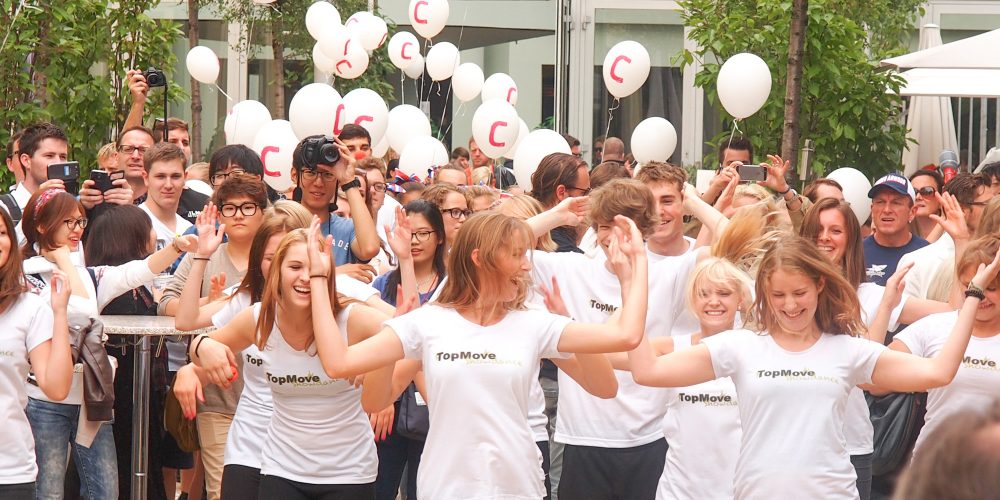
Ars Electronica Festival 2014
C… what it takes to change. What does it take for social innovation and renewal to flourish? With symposia, exhibitions, performances and concerts, the Ars Electronica Festival 2014 in Linz, Austria, from September 4 to 8, 2014, turned its attention to the theme of change.
-
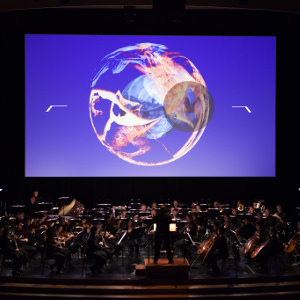
Day 4: The Festival Heads into the Home Stretch
Day 4 is done and the 2014 Ars Electronica Festival is nearing the end.
-
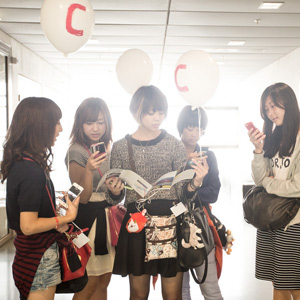
Day 3: Full Power ahead
With a comprehensive program, the 2014 Festival Ars Electronica Festival launched its third day. Discussions, lectures, shows, exhibitions, tours, workshops, parties – is there still anything missing?
-
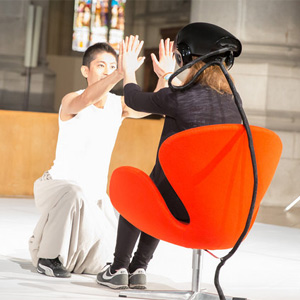
Day 2: A Festival to See, Hear and Marvel
There were lots of amazing things to see and hear on the second day of the 2014 Ars Electronica Festival.
-
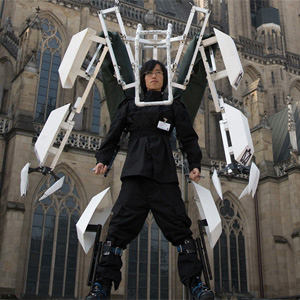
Day 1: A Festival Goes for a Stroll Downtown
Visualizations, opening tours, exhibitions, breakfast conversations, experiments, visual and audio experiences. The first day of the festival in 2014 in fast forward.
-
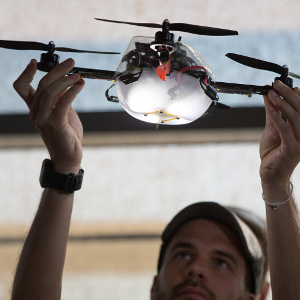
A Behind-the-Scenes Look at the Spaxels
Ars Electronica Futurelab staffers have been doing R&D since 2012 on what they’ve dubbed Spaxels (space pixels). At the Spaxels Concept Demo members of the spaxels crew will go into detail about what makes the Spaxel-swarm work and illustrate what they’ve achieved to date.
-
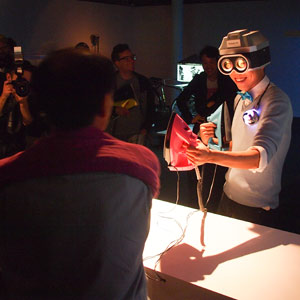
Device Art: More than Just Gadgets
Technology and Japan—now there are a couple of kindred terms! “Device Art,” the new exhibition in the Ars Electronica Center, features whimsical exhibits representing a new art form engendered by our Digital Age.
-
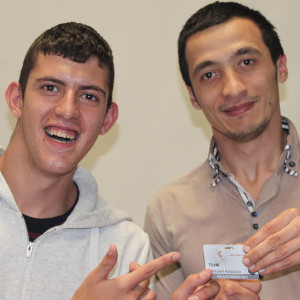
Putting the Festival Theme into Practice … In-House at Ars Electronica Too!
This year, Ars Electronica wants to make a loud and clear statement in favor of integrating people with handicaps into “normal” working life. So, a decision was made in cooperation with FAB to take on two interns in the festival production crew.
-
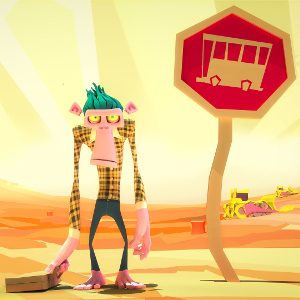
Ars Electronica Animation Festival 2014
The Ars Electronica Animation Festival showcases the outstanding creative work filmmakers are currently doing in very diverse areas in the animation field – applications in art, science, R&D and industry.
-
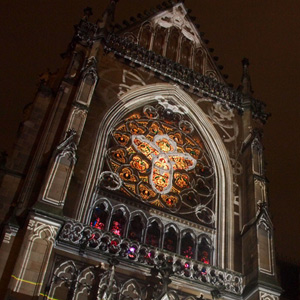
When the Cathedral Is Ablaze with Light
Not only is Linz’s Mariendom being transformed into an atmospherically stunning exhibition space during the festival. After sundown, Austria’s largest church will shine in a completely new light.
